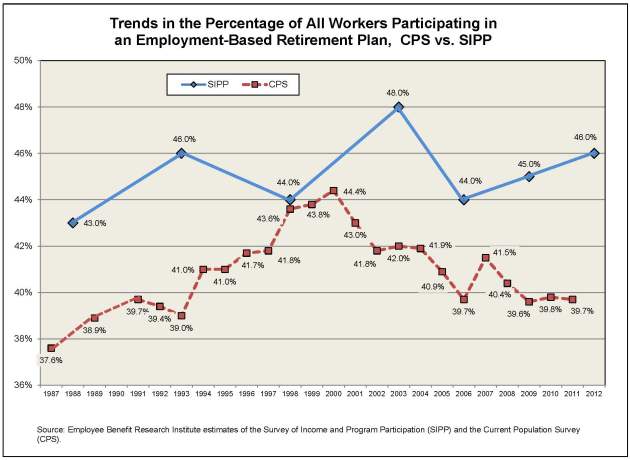Growing up, I remember late night television being broken up by commercials touting a series of interesting products, everything from a rod-and-reel contraption that would fit in your pocket to a special set of knives that would, apparently, slice through any substance in the known universe without ever being sharpened. But unlike the commercials that ran during prime time, having made the pitch, the announcer lead viewers through a series of additional product extensions, generally with the admonition, “but wait, there’s more…”
Even with all that buildup, as the commercial closed viewers were reminded of the features of the product, and then asked, “Now, how much would you pay?” as several possible prices were suggested, then crossed off before being informed of the actual price (“plus shipping and handling”). And then, to close the deal, viewers were frequently told that they could have a SECOND version of the product for the same price (“just pay shipping and handling”).
I’m happy to say that I considered buying more of those offerings than I actually bought (albeit somewhat embarrassed to admit to how many I HAVE purchased over the years). The lessons I learned early on were that the product never worked nearly as well at home as it did on television, that you almost never had a good use for the second “at no additional charge” copy, and that when you added up ALL the costs, you frequently found out a sizeable gap between what you thought you were paying, and the actual bill.

Earlier this year, as part of its 2014 budget proposal, the Obama administration included a cap on tax-deferred retirement savings that would limit the amounts that could be accumulated in specified retirement accounts―which covers most of the ERISA-qualified plan universe (401(a), 401(k), 403(b), certain 457(b), as well as individual retirement accounts (IRAs), and―to the surprise of many―defined benefit pension plan accruals, as well.
The proposal would limit the amount(s) accumulated in these accounts to that necessary to provide the maximum annuity permitted for a tax-qualified defined benefit plan under current law, currently an annual benefit of $205,000 payable in the form of a joint and 100 percent survivor benefit commencing at age 62. This, in turn, translates into a maximum permitted accumulation for an individual age 62 of approximately $3.4 million (a number that many of the initial media reports carried) at the interest rates prevailing when the proposal was released. And, certainly initially, most of the analysis of the proposal’s impact―including that from EBRI’s own unique and extensive databases―was focused on how many individuals had accumulated account balances in excess of that $3.4 million today.
But, taking a longer view, and using our proprietary Retirement Security Projection Model,® EBRI’s simulation results for 401(k) participants (assuming no defined benefit accruals and no job turnover) show that more than 1 in 10 current 401(k) participants are likely to hit the proposed cap sometime prior to age 65―even at today’s historically low discount rates. If you assume discount rates closer to historical averages, the percentage likely to be affected increases substantially.
As part of the analysis published in the August 2013
Issue Brief,¹ EBRI Research Director Jack VanDerhei also looked at the potential impact of the proposed cap based on two stylized, final-average defined benefit plans and a stylized cash balance plan, along with a number of different discount rate assumptions. As an example, assuming coverage by a defined benefit plan providing 2 percent, three-year, final-average pay benefits, with a subsidized early retirement at 62, and assuming an 8 percent discount rate, nearly a third are projected to be affected by the proposed limit.
VanDerhei also looked at the potential response of plan sponsors, specifically smaller 401(k) plans (those with less than 100 participants), whose owners might reconsider the relative advantages of continuing the plans, particularly in situations where that owner of the firm believes that the relative cost/value of offering the plan is significantly altered such that the benefit to the owner is reduced. Since these owners (and their personal circumstances) can’t be gleaned directly from the data, some assumptions had to be made. But, depending on plan size, the EBRI analysis indicates this could involve as few as 18 percent of the small firms (at a 4 percent discount rate) or as many as 75 percent of the small firms (at an 8 percent discount rate).
The administration’s budget proposal estimated that the retirement savings cap would generate an additional $9 billion in revenue. But the question―and one that the EBRI analysis helps policy makers answer, and for a wide range of possible outcomes―is “how much would it cost?”
Nevin E. Adams, JD
¹ See “The Impact of a Retirement Savings Account Cap,” online here.




















